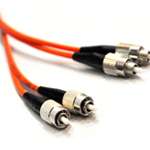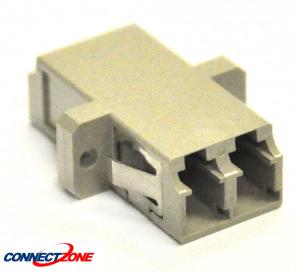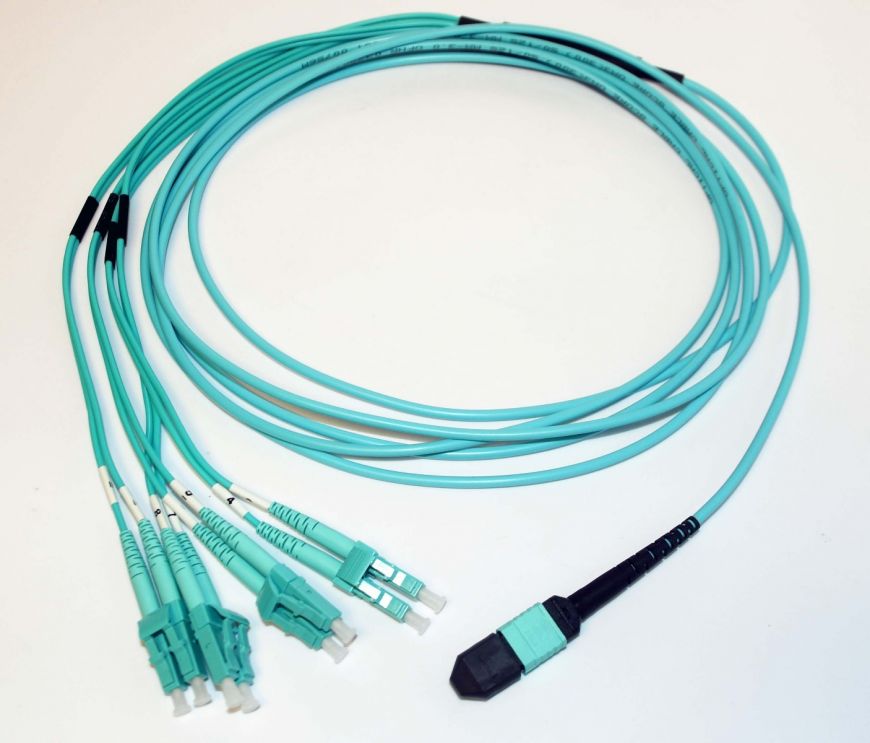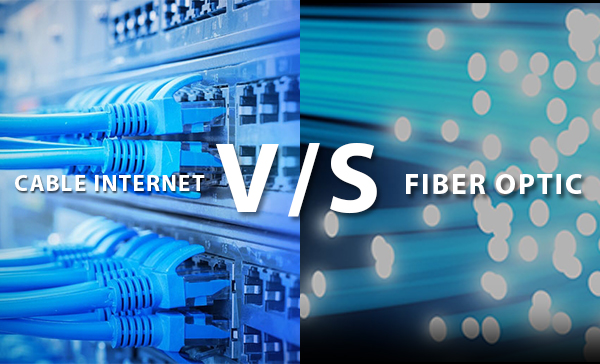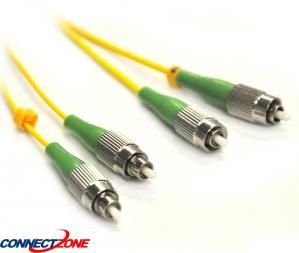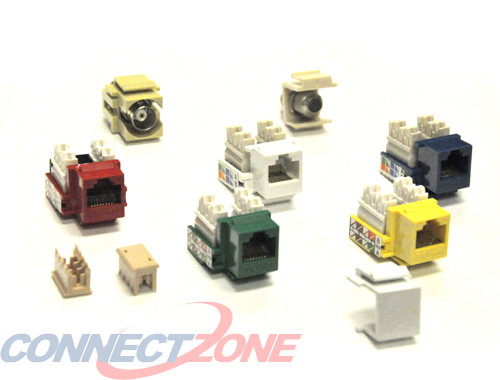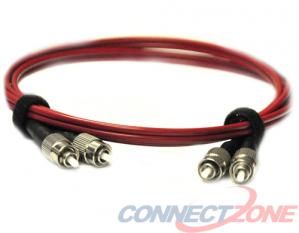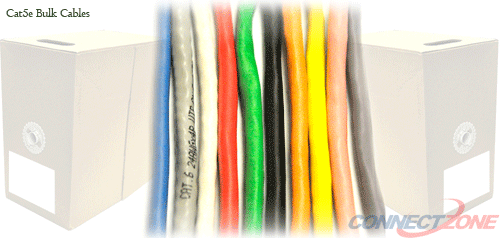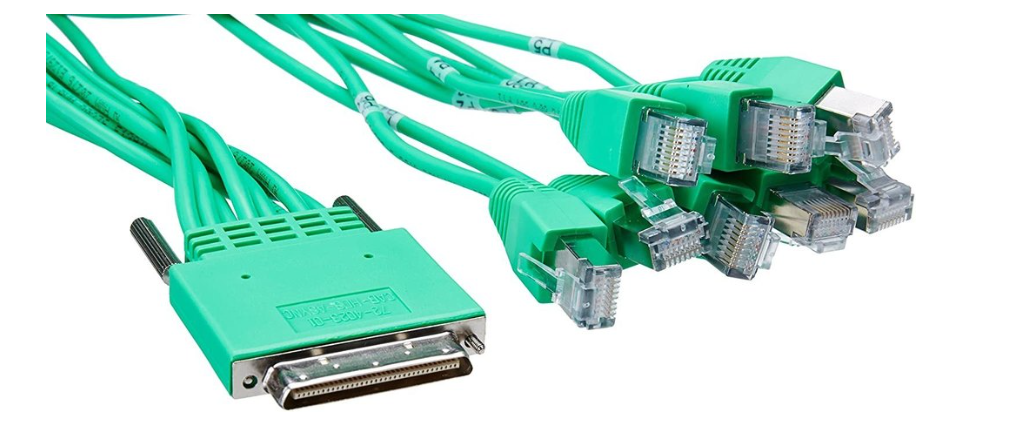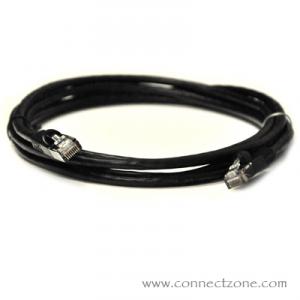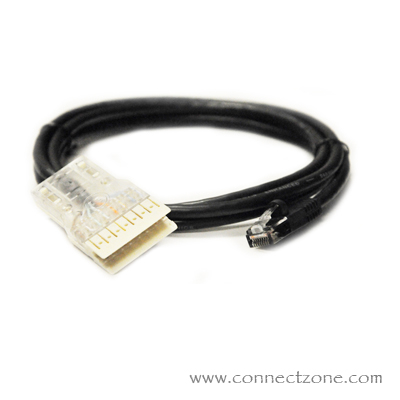We use cookies to make your experience better. Read more
- Read more
Ethernet wire cables are very much reliable and provides high data transfer scenarios that makes functioning easier for the users. Using LC fibre cable has now become widely available as it provides network speeds ab to 100 mpbs.
- Read more
The fiber optic cable can be classified into different groups according to different standards. One of which can be divided as single-mode (SMF) and multi-mode (MMF) fiber. Comparing these two types of optical cables will help you pick the most fitting system cable for your usage.
- Read more
A fiber optic coupler can be defined as an optical component used with one or more input fibers and several output fibers in fiber optic systems. Couplers are used as multiplexers that are resistant to certain wavelengths. A fiber output depends on the wavelength of light and the frequency of polarization.
- Read more
OM3 and OM4 are common kinds of multimode fibre used in area networks, usually in backbone cabling among telecommunications rooms and within the data centre amongst fundamental networking and storage area network (SAN) switches.
- The two most advanced technologies - Fiber optic and cable Internet, are utilized to set up a fast Internet connection. If you need superfast broadband, your choices will ordinarily be either cable or fibre optic – but what are they, and what's the distinction? Furthermore, in particular, which one would it be a good idea for you to get? Let’s get clear with basic working on them before we move to the difference between cable and fiber optic internet.Read more
The Fiber Optic Internet:
Fiber optic broadband utilizes fiber optic links to send information. It is very quick, as compared to ADSL broadband, and gives you a significantly more stable association with a boot. With fiber broadband, your network is comprised of fiber optic lines up to your neighborhood road box, which at that point interfaces with your home using copper telephone lines. A couple of suppliers offer broadband with fiber lines - Alexander Graham Bell, the American inventor of the phone, first endeavored to utilize light around 1880. In any case, lightwave correspondence did not end up being attainable until the mid-twentieth century, until the trend-setting innovation gave a transmission source, the laser, and an effective medium, the optical fiber. The laser was created in 1960 and, after six years, scientists in England found that silica glass strands would carry light waves without attenuation, or loss of signals. In 1970, another sort of laser was created, and the first optical filaments were developed commercially.Read more
What is Optical Fiber?
An optical fiber is a single, hair-fine fiber drawn from liquid silica glass. These strands are replacing metal wire as the transmission medium in rapid, high range communication frameworks that convert data into light, which is then transmitted through a fiber optic link. As of now, American phone organizations - The Romans would have been so proud when they created lead pipes 2000 years prior. Finally, they had invented a way which was simple to carry water from one place to another. Envision what they’d make of the modern-day fiber optic cables that can carry phone calls, messages and E-mails around the globe in a flash of a minute!Read more
The Fiber Optics Cable Guide
We’ve utilized many ways of information transmission. As soon as we talk on a landline phone, a copper cable conveys the sounds of our voice into an outlet at the wall, in which a different cable carries it into the local phone exchange. Cellphones operate another way: they deliver and receive data using wireless waves--a new technology known as wireless since it employs no wires. Fiber optics use a different method than these. It transmits data coded in a ray of light down a glass or plastic pipe. It was initially designed for endoscopes in the 1950s - Copper is less expensive to connect network devices and has some advantages, including the fact that it exists in several places. While fiber optic cables are more expensive, there are lots of benefits that make it a cable infrastructure solution. Fiber Optic and copper cable are capable of doing the same thing, but the question is which one is better for any given scenario? Ethernet has been in the news lately. From applications of LED lighting to innovative IP camera technology, there is no shortage of applications for Ethernet cabling. Copper cabling, for example, Ethernet is the cheaper of the two, which makes it a low-cost choice with a bevy of applications. However, a high-cost option like fiber is necessary. What emerges as you learn about the two options is that there is no war between them. In fact, each solution has its fair share of advantages and disadvantages. With benefits and limitations to every technology, it rarely seems like they're competingRead more
- Read more
Red Fiber Optic Jumpers
Color Coding you Fiber patch cords is the Easiest & Cheapest way to ID your Fiber Optic cords in your Data Center. Many Data Centers now color code their Fiber Optic cables to easy identification. I have a customer that uses the in the following way Red Fiber optic cords for outside Circuits Greed Fiber optic cords Fiber optic cords for 40G Circuits Blue for Fiber optic cords 10G circuits Pink for Fiber optic cords Customer A Circuit Purple for Fiber optic cords Customer B Circuit The colored fiber cords create the ability to - Read more
Colored Fiber Optic Jumpers
Colored Fiber Optic jumper cables can help you quickly identify you fiber cords in your data center.Single Mode High Visibility Colored Fiber Optic Jumpers
For instance one of our customers uses Red Fiber Cords for Security systems. Purple Fiber Cords for Cameras. Blue Fiber cords for 100G Systems. Pink Fiber cords for Mission Critical systems, Green Fiber cords for Backup Systems and White


